Chinese Workers Lay 8,000 Tons of Asphalt, Fix 2.4-Km Stretch of Road in Just Six Hours

Road workers in Beijing, China, set a new speed record after laying a whopping 8,000 tons of asphalt on a 2.4-kilometer stretch of road in only six hours.
China Literally Shaves Down Mountains to Make Room for Expressway

Why bother drilling tunnels when you can simply shave down mountains? That was apparently the philosophy behind the new Lu’an Expressway in China’s mountainous Guizhou Province. We have already written about the Huajiang Grand Canyon Bridge, the soon-to-be-inaugurated world’s highest bridge (625 meters or 2,051 feet above the Beipan River Valley), but the expressway running […]
7 Engineers Suspended Over $2.3 Million Bridge with 90-Degree Turn
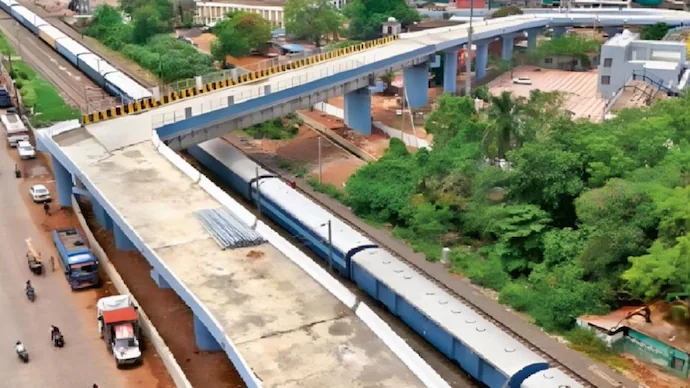
Central India’s Madhya Pradesh Government recently suspended seven engineers for the faulty design of a 200 million rupee ($2.3 million)bridge with a 90-degree turn. The new Rail Over Bridge in Bhopal was announced 10 years ago and cost the state of Madhya Pradesh over 200 million rupees to complete. It was supposed to improve connectivity […]
China to Inaugurate New World’s Highest Bridge
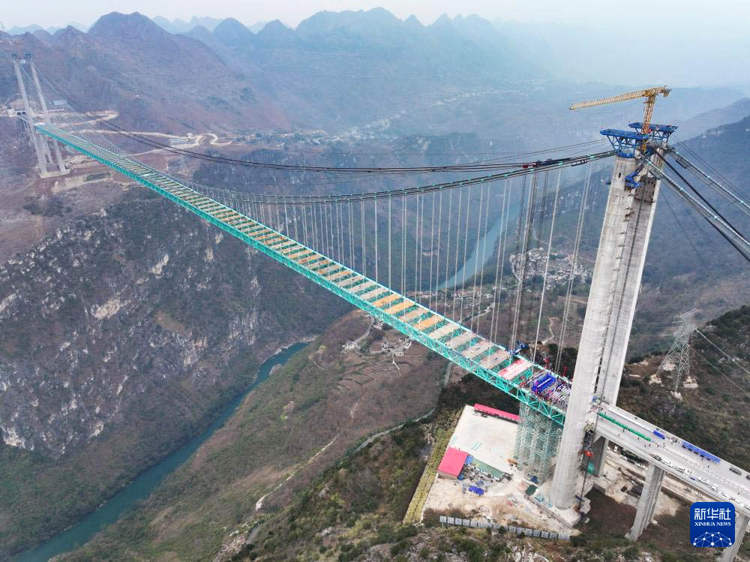
The Huajiang Grand Canyon Bridge spanning 625 meters (2,051 feet) above the Beipan River, in China’s Guizhou Province, is set to become the world’s highest bridge upon completion, in the second half of 2025. The mountainous province of Guizhou is well-known for its complex terrain and the incredible bridges traversing it. Guizhou is home to […]
Man Builds River Bridge for Isolated Village, Gets Two Years in Prison
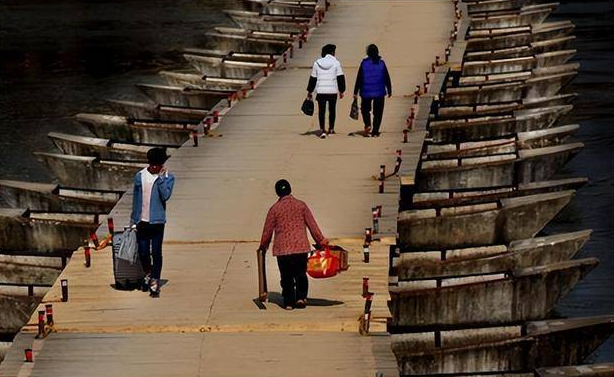
A Chinese man who built a pontoon bridge for an isolated village using his own money was fined multiple times and ultimately given prison time for the unauthorized structure. Before 2005, Zhenlin Village, in Northern China’s Jilin Province, was completely cut off by the Taoer River, with locals having to travel around 70 kilometers to […]
Shiziguan Floating Road Bridge – A Terrifying Wonder of Engineering

The Shiziguan Floating Bridge, also known as the Bridge of Dreams, is an innovative 400-meter bridge that allows cars up to 2.8 tonnes to drive across the surface of the Qingjiang River in China. Nestled between the forest-covered mountains of Enshi Prefecture, in Hubei Province, the Shiziguan scenic spot is one of China’s most breathtaking […]
Flimsy-Looking Suspension Bridge Is Probably the World’s Scariest
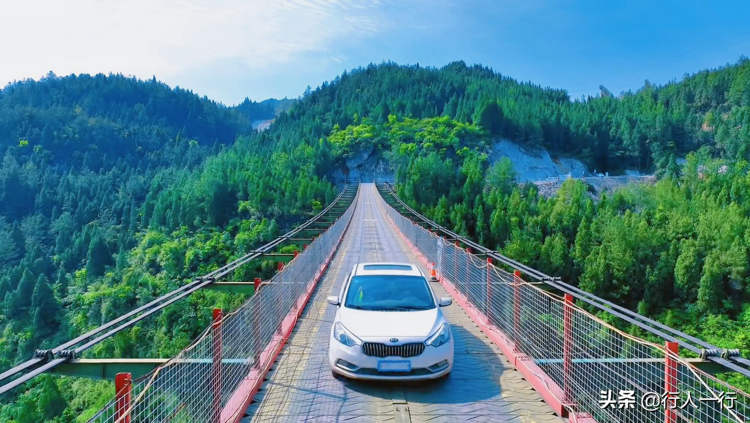
A suspension bridge stretching 150 meters over the Dadong River Gorge in Chongqing, China, has been dubbed the world’s scariest suspension bridge because of how unsafe it looks. For the past couple of years, clips of heavy construction vehicles traversing a narrow, flimsy-looking bridge suspended about 300 meters above a wide river gorge have constantly […]
The World’s Widest Avenue Has 16 Lanes, Takes an Eternity to Cross
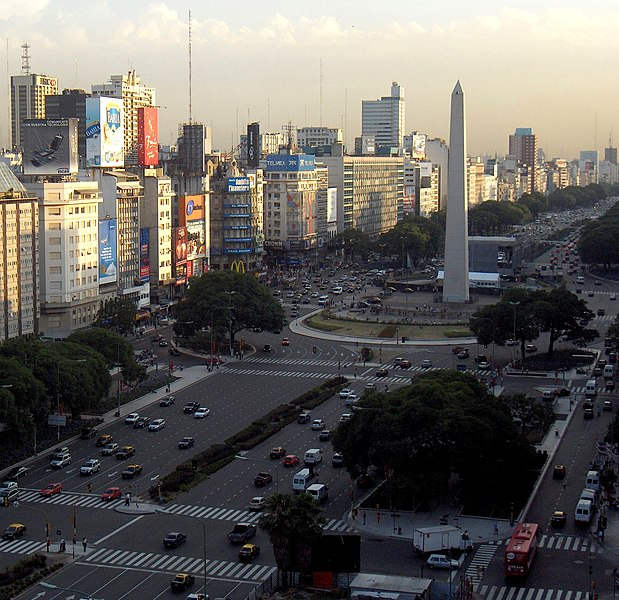
Avenida 9 de Julio in Buenos Aires, Argentina, holds the Guinness Record for the widest avenue in the world, at approximately 140 meters. It features a total of 16 lanes, so crossing from one side to the other is quite an undertaking. The history of Avenida 9 de Julio can be traced back to the […]
Innovative Mobile Bridge Allows Workers to Pave Roads Without Stopping Traffic

Switzerland’s road maintenance authority has developed an ingenious mobile bridge that allows the paving of public roads without the need to stop traffic on the affected lanes. Traffic jams are a necessary evil when it comes to road maintenance, and despite experts’ best efforts to come up with a solution to this logistic problem, motorists […]
The World’s Longest Straight Road Pierces a Desert for 149 Miles without a Single Bend

A 149-mile-long stretch of highway connecting two towns in Saudi Arabia holds the title of the world’s longest straight road. Saudi Arabia’s Highway 10 stretches 916 miles (1,474 km), connecting the town of Al Darb, in the southwest, to Al Batha, in the east. It’s quite a busy road, most traversed by trucks shipping goods […]
The World’s Largest Roundabout Has a Circumference of 3.4 Kilometers
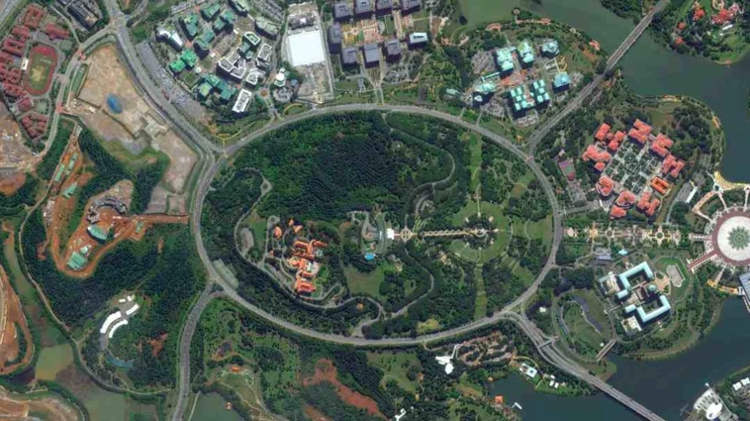
The Putrajaya Roundabout in the administrative capital of Malaysia holds the Guinness record for the world’s largest roundabout. It measures 3.4km in circumference and features 15 entry/exit points. Located in the heart of Putrajaya, the administrative capital of Malaysia, the Persiaran Sultan Salahuddin Abdul Aziz Shah Roundabout, aka Putrajaya Roundabout, is one of the most […]
Angry Locals Lift Up Newly-Laid Asphalt Road to Prove It’s Actually Just a Carpet

Locals in the Indian state of Maharashtra were shocked to discover that their newly-laid road was actually just a carpet with a thin layer of asphalt poured over it. According to the Lokmat Times, the people of Karjat-Hast Pokhari, a village in Maharashtra’s Jalna district, had long been pleading with elected representatives to rebuild their […]
The Line – Saudi Arabia’s Controversial 170-Km-Long Linear City of the Future

In early 2021 Saudi Arabia’s Crown Prince unveiled the concept of a futuristic urban development called The Line, which basically consists of a linear, 170-km-long city without roads of cars and built around nature. During his presentation of The Line, back in January, Prince Mohammed Bin Salman described the future smart city as a direct […]
This 25-Year-Old Puddle Has Its Own Instagram Account
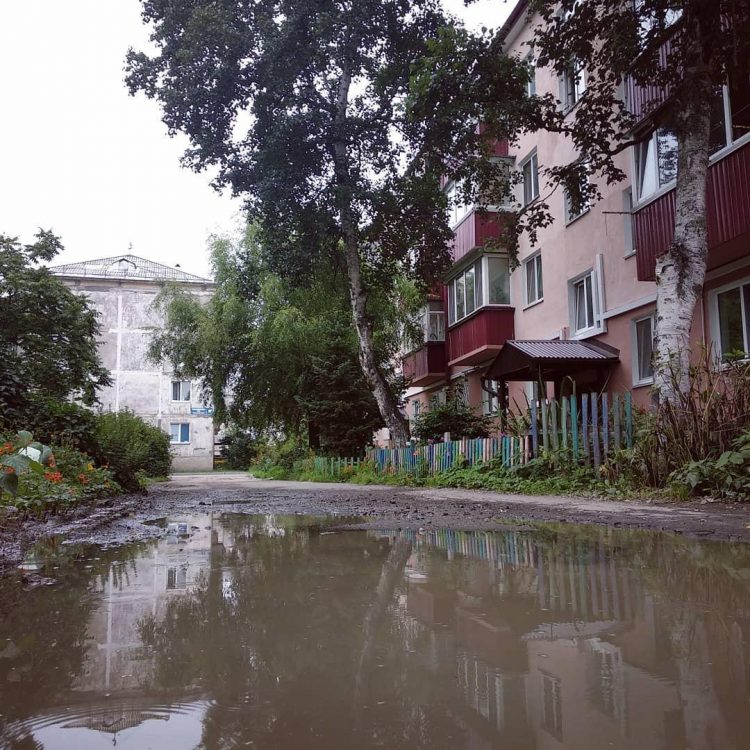
A giant puddle in Russia’s Far East city of Yuzhno-Sakhalinsk is being described as “invincible”, after it somehow survived unfixed for over a quarter of a century. It now has its own Instagram page and over 16,000 followers. As it often happens in Russia and other eastern European countries, what started out as a small […]
Egyptian Capital Builds Highway Bridge Literally 50 Centimeters from Residential Building
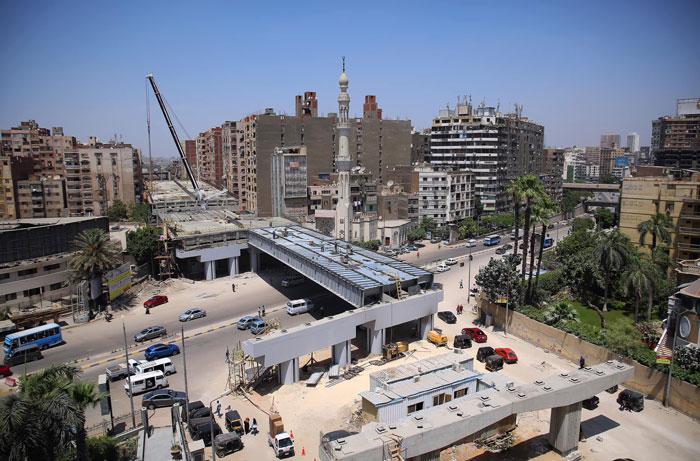
Authorities in Cairo, Egypt, have come under fire for approving the construction of an “essential” highway bridge literally half a meter from several apartment buildings. Egyptian social media has been abuzz over a new high-speed bridge currently under construction in Cairo’s Al-Haram district, for the simple reason that it is being built right next to […]
